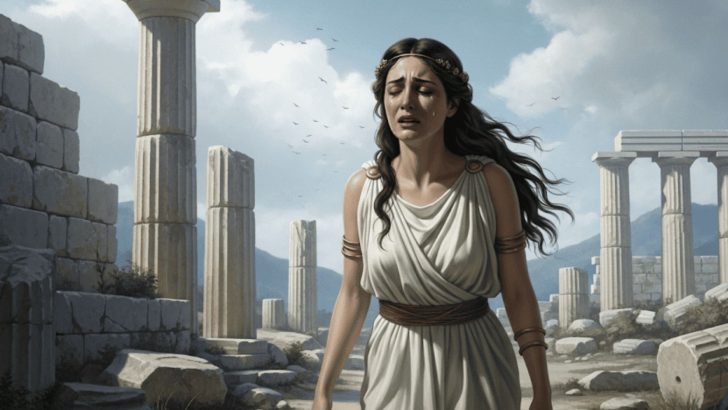Long before therapists, grief books, and support groups, people turned to myths to make sense of heartbreak and loss.
These stories weren’t just entertainment—they were lifelines. They gave language to pain, purpose to suffering, and a place for all the tears that had nowhere else to go.
Across cultures, people sat around fires and whispered tales of underworlds, goddesses of death, loves lost, and souls transformed.
These myths didn’t promise a quick fix, but they helped people feel less alone in their grief. Whether it was through epic journeys or heartbreaking endings, these stories carried emotional truths that still hit hard today.
Here are ten powerful myths that held broken hearts long before therapy couches and tissues did.
1. Orpheus and Eurydice
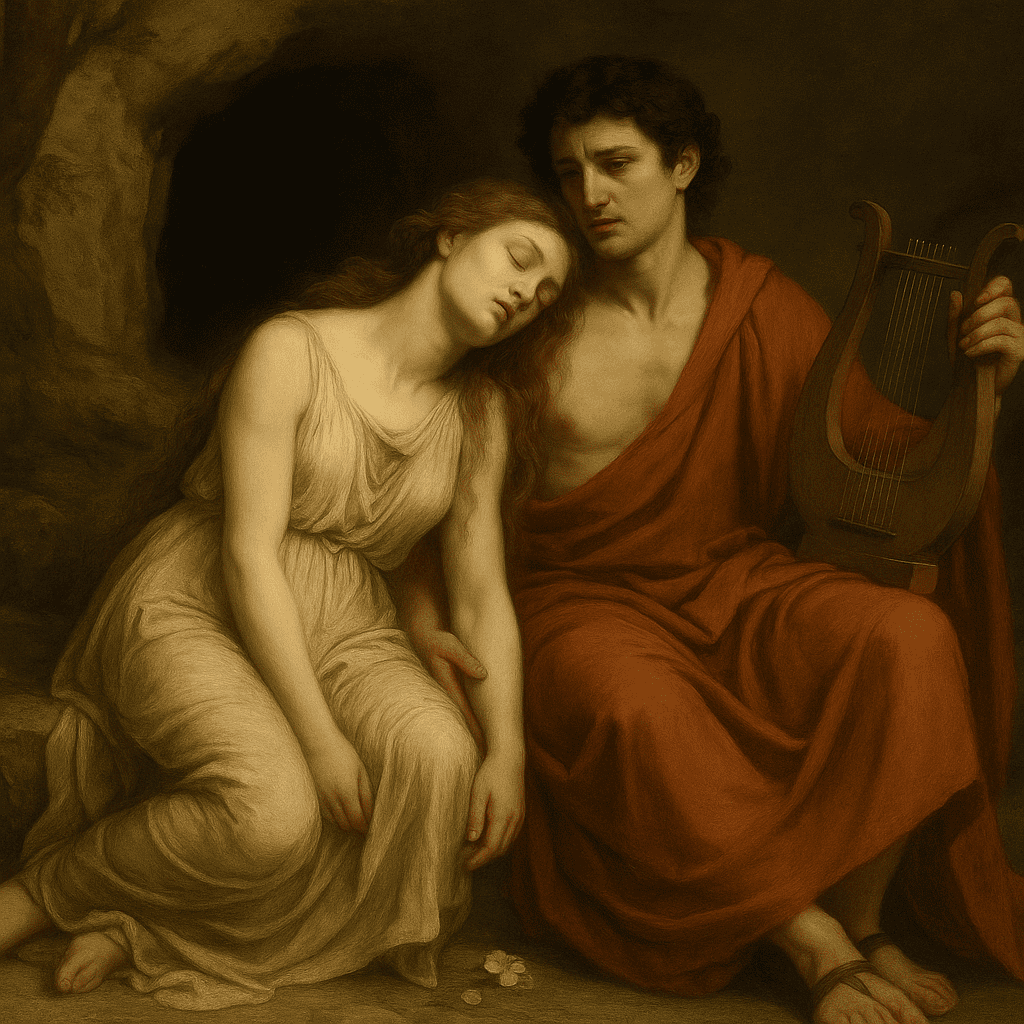
Orpheus was a gifted musician who lost his beloved Eurydice to a snakebite. Devastated, he played music so sorrowful that even the gods wept.
His grief was so deep that he descended into the underworld, using his music to charm Hades and Persephone into letting Eurydice go.
They agreed—on one condition. He must lead her back to the world above without looking back. But just before they reached the surface, doubt crept in. Orpheus turned around. She vanished forever.
This myth hits hard because it mirrors real grief—hope, desperation, and the haunting “what ifs.”
Orpheus’ pain showed that even the most beautiful love couldn’t cheat death, but it also gave people permission to feel their sorrow fully and express it through art, music, or tears.
2. Isis and Osiris
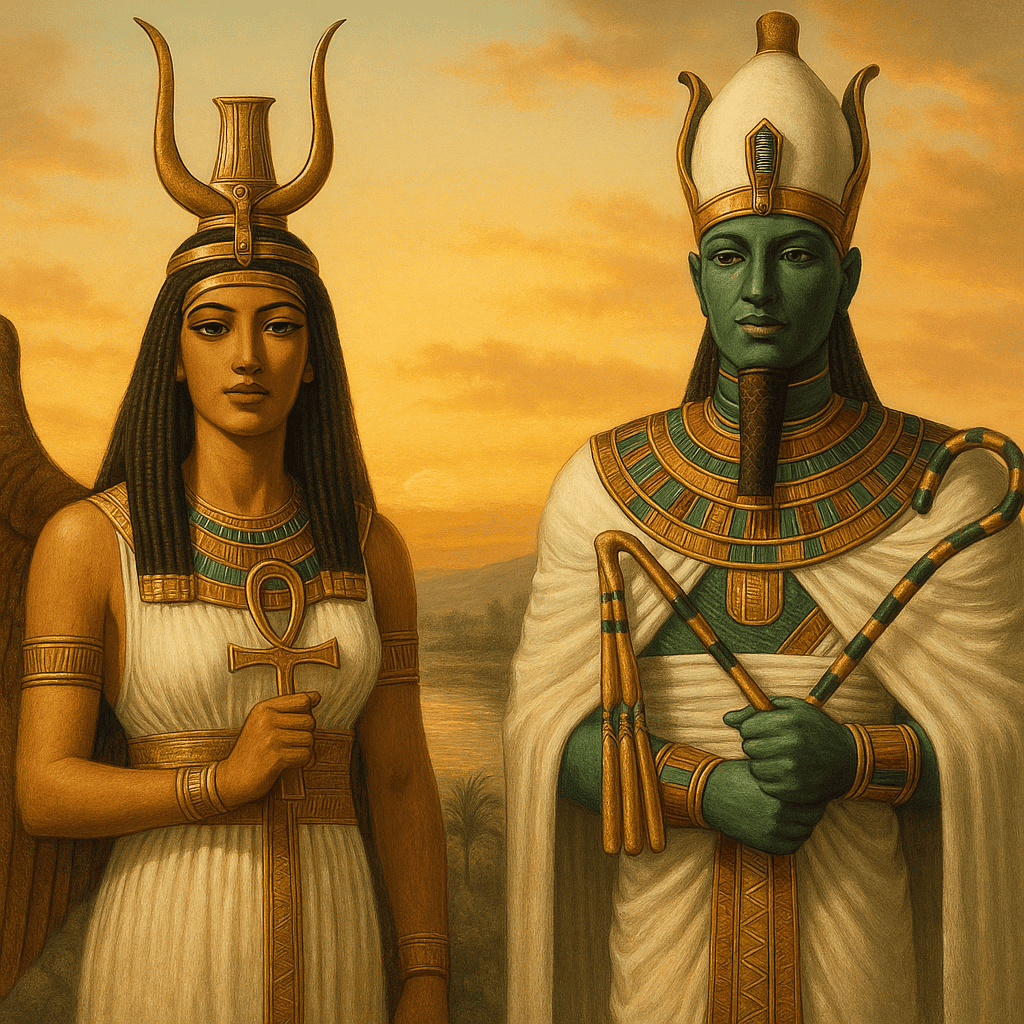
In ancient Egyptian myth, Isis and Osiris were deeply in love until Osiris was murdered and chopped into pieces by his jealous brother, Set.
Refusing to let go, Isis searched the world to collect Osiris’s scattered body parts, reassembled him, and brought him back to life long enough to conceive their son, Horus.
This myth isn’t just about magic, it’s about deep, unshakable devotion and the way love can endure even after death.
Isis didn’t just cry and move on—she grieved through action, ritual, and love. Her story became a sacred guide for Egyptians on how to honor the dead, keep memories alive, and find purpose in pain.
Isis shows us that grief doesn’t have to be passive. It can be powerful, loyal, and even world-changing.
3. Hades and Persephone
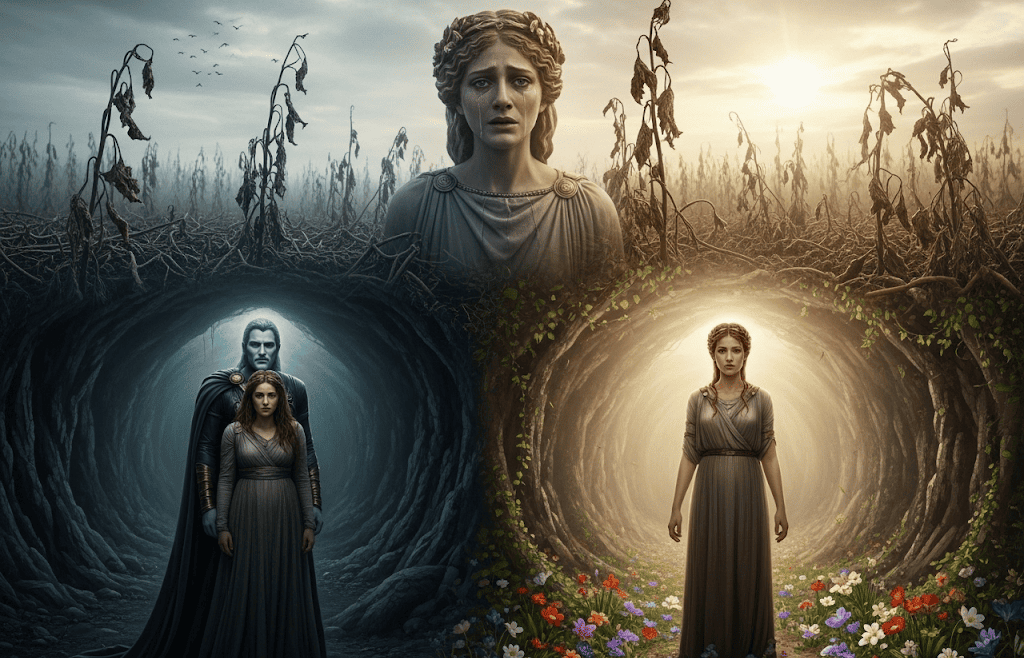
This Greek myth is often told as a dark love story, but it also carries deep themes of loss and seasonal grief.
When Persephone was taken to the underworld by Hades, her mother Demeter, the goddess of the harvest, fell into despair.
The earth turned cold, crops died, and the world mourned with her. Eventually, a deal was struck—Persephone would spend half the year in the underworld and half above.
Her return marked spring, and her departure, winter. This cycle became a way for people to understand that grief comes and goes in seasons.
It may never fully leave, but it can shift, soften, and bloom again. The myth helped people see that mourning is natural, and that joy returning doesn’t mean forgetting.
4. Izanami and Izanagi
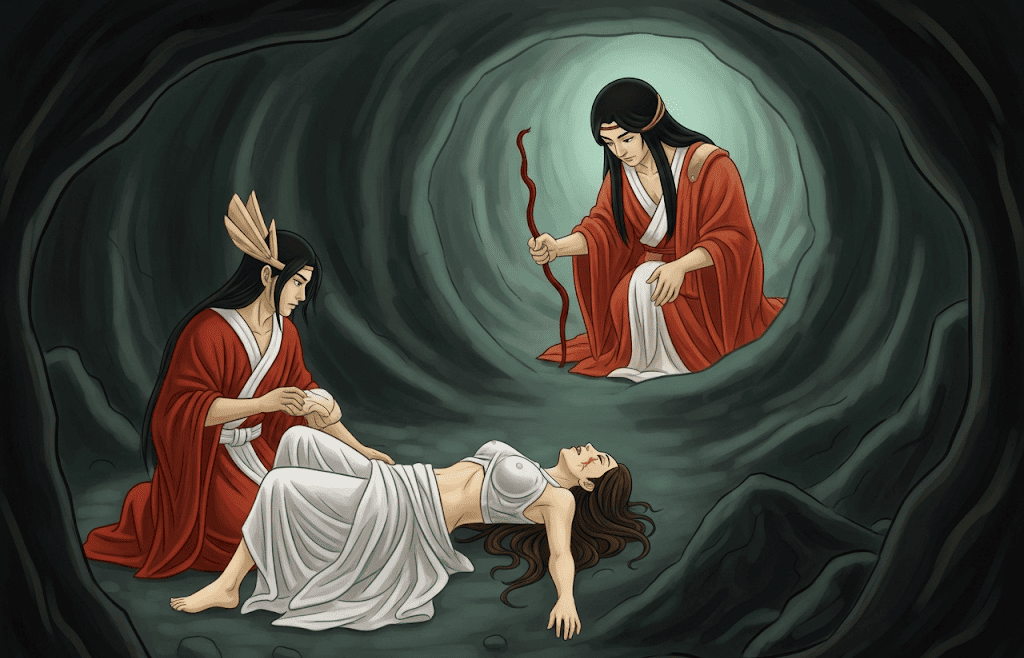
In Japanese mythology, Izanami and Izanagi were the divine couple who created the world. But after giving birth to the fire god, Izanami died and went to the land of the dead.
Izanagi, heartbroken, descended into the underworld to bring her back. But when he found her, she had changed—she was no longer the same.
Horrified, he fled, and she cursed him for abandoning her. This myth is haunting and strange, but it captures something very human.
Sometimes we can’t bring back the ones we love. Sometimes, even the memory of them becomes hard to recognize through the fog of grief.
Izanagi’s return from the underworld became a metaphor for cleansing and letting go. The story reminds us that grief changes us, and sometimes the hardest part is accepting that there’s no going back.
5. Demeter and the Eleusinian Mysteries
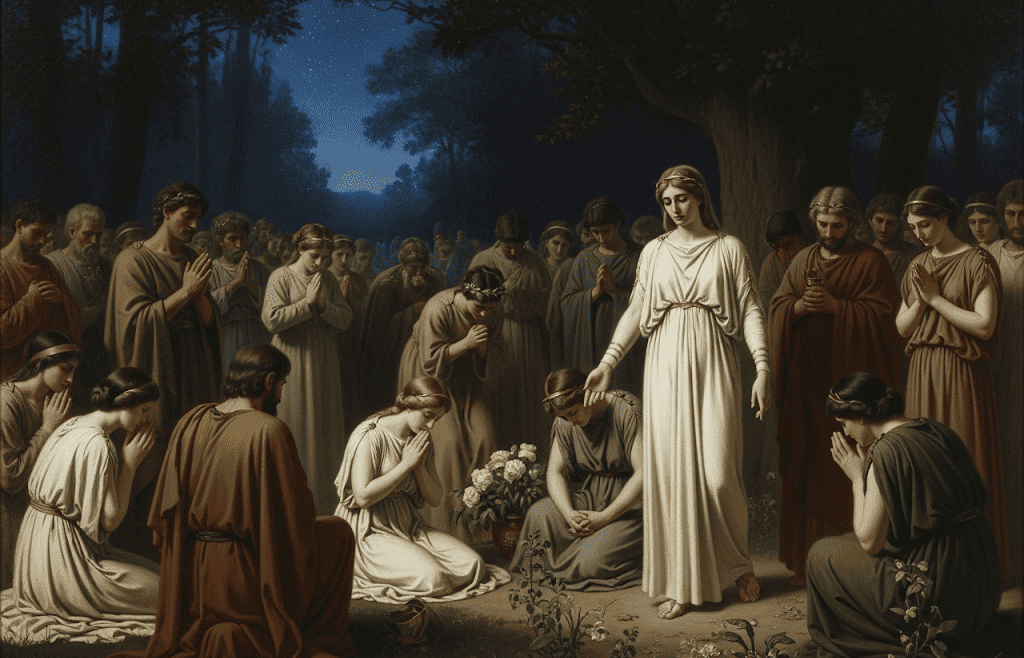
The myth of Demeter and Persephone also inspired one of the most famous grief rituals of ancient Greece – the Eleusinian Mysteries.
These were secret rites that honored the cycle of life, death, and rebirth. People from all walks of life came to participate, hoping for emotional healing and spiritual peace.
The myth behind it, a mother searching for her lost daughter, became a shared metaphor for anyone grieving a loss.
The rituals allowed people to feel their pain communally, without judgment. Demeter’s sorrow wasn’t hidden—it was honored.
Her journey taught that grief was not weakness but a sacred part of being human. The Mysteries gave people a place to cry, remember, and hope.
6. Inanna’s Descent to the Underworld
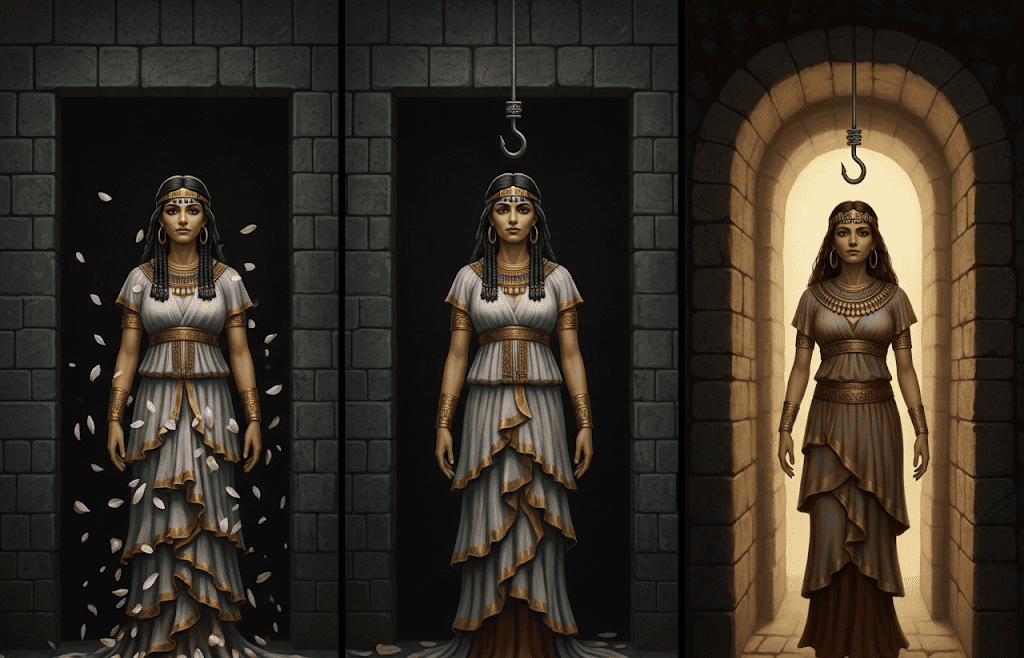
Inanna, the Sumerian goddess of love and war, chose to descend into the underworld, stripping herself of her power at each gate.
At the lowest point, she was killed and hung on a hook, only to be rescued and brought back to life. Her journey was one of death and rebirth, both literal and emotional.
For those grieving, Inanna’s descent represented the plunge into despair – losing everything that once defined you. But it also showed that returning is possible, even if you’re forever changed.
This myth helped people accept that grief can feel like dying, like being undone. Yet with time, care, and help from others, we rise again.
Not the same as before, but alive, and often wiser. Inanna taught that real strength isn’t about avoiding the underworld, but about walking through it and coming back.
7. The Banshee’s Cry
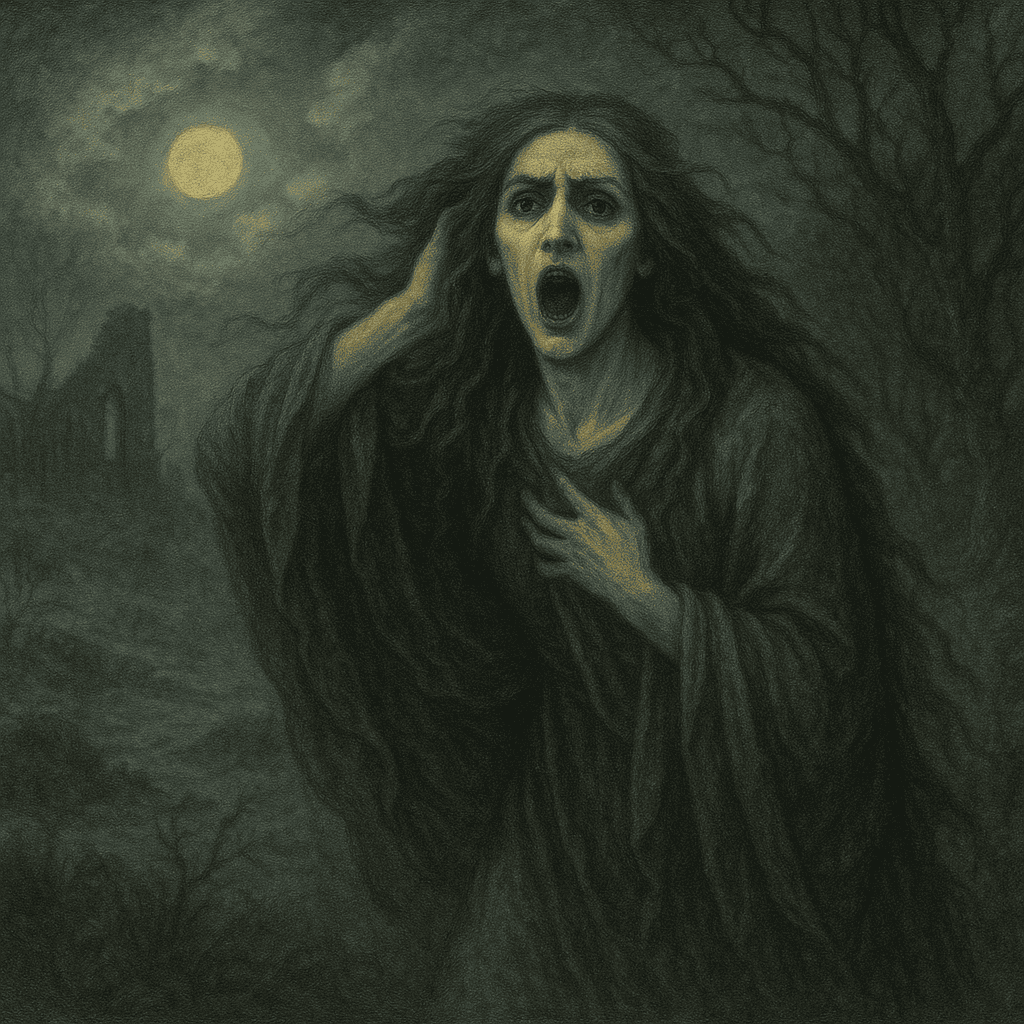
In Irish folklore, the Banshee is a ghostly woman who wails outside a home when someone is about to die. Terrifying? Yes.
But she isn’t evil. She’s a messenger of grief. Her cries are a warning and a preparation, giving families time to come together, say goodbye, and brace for what’s coming.
In a world where death could come suddenly, the Banshee gave loss a voice, a signal, and a presence. Her mournful wail was like the grief that people didn’t always know how to express themselves.
Instead of bottling up their emotions, the myth allowed them to feel them through her. The Banshee’s presence made it okay to cry, to fear, to mourn. She turned sorrow into something shared, something seen.
8. Psyche and Eros
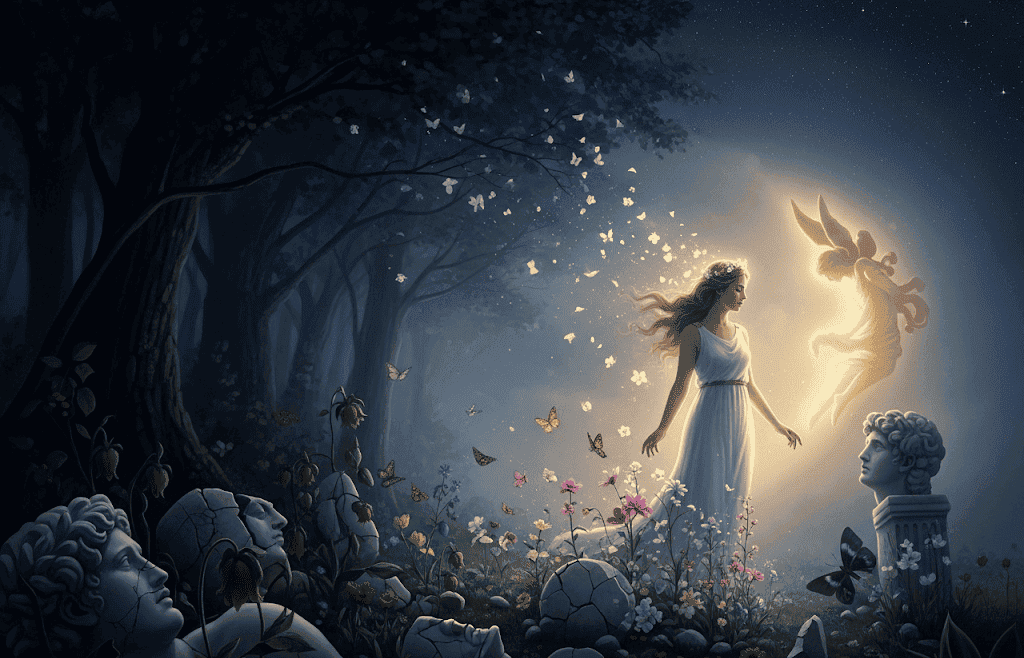
While not a traditional grief myth, Psyche’s story includes deep emotional loss. After breaking a taboo and looking at her invisible lover, Eros, she loses him.
Her sorrow is so intense she wanders the earth, longing, weeping, and working through impossible trials. Her grief doesn’t make her weak—it makes her grow.
Each task she completes brings her closer to healing and reunion. The myth showed that losing love can feel like a death, but healing takes time, effort, and resilience.
Psyche’s journey reminded people that even in heartbreak, we find the strength we didn’t know we had.
Grief was a crucible, not a curse, and the reward wasn’t just reunion—but transformation. Love, once lost, still leaves a path worth walking.
9. Sedna – The Sea Goddess Who Became the Deep

In Inuit myth, Sedna was betrayed by her father and cast into the sea, where she sank to the ocean floor and became the goddess of marine life.
Her fingers, cut off during the betrayal, became seals and whales. Her story is one of deep pain, abandonment, and transformation.
Sedna’s grief didn’t disappear; it became part of the ocean itself. The Inuit people turned to her for survival, offering her respect and ritual to keep the seas bountiful.
Sedna became a symbol of how pain can reshape us into something powerful. For a culture closely tied to the cycles of life and death, Sedna’s myth offered a way to honor sorrow without being destroyed by it.
10. Niobe – The Mother Who Wept Into Stone

Niobe, in Greek myth, was a proud mother who mocked the goddess Leto for having only two children.
As punishment, Apollo and Artemis killed all of Niobe’s children. Devastated beyond words, Niobe fled to a mountain and turned to stone, yet her statue continued to weep.
Her myth is brutal and heartbreaking, but it struck a chord with parents and families who had experienced unimaginable loss.
Niobe became a symbol of never-ending grief, a visual reminder that some wounds never fully heal. But she was also a monument to love, a mother who felt so deeply that even stone couldn’t hold back her sorrow.
Her story gave people a sacred space to cry, and to understand that mourning, no matter how long it lasts, is rooted in love that refuses to be forgotten.

私は生まれたときから、常に神との強いつながりを感じていた。作家として、また指導者として、私の使命は、人々が最も暗い時代に愛と幸福と内なる強さを見つけるのを助けることである。

